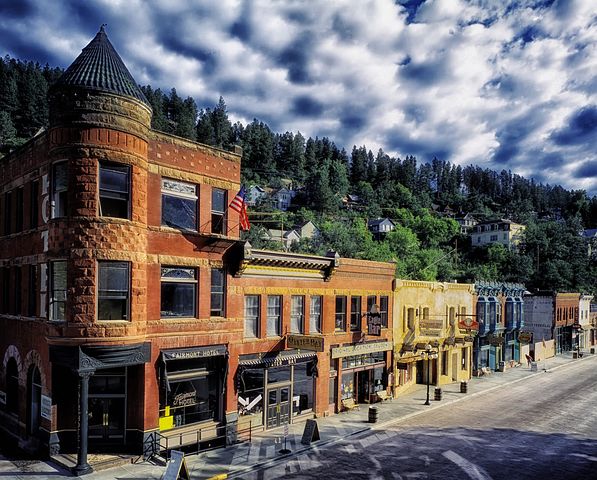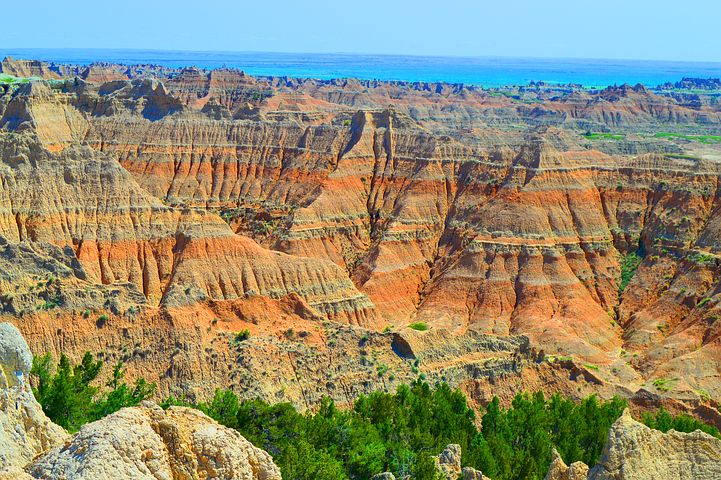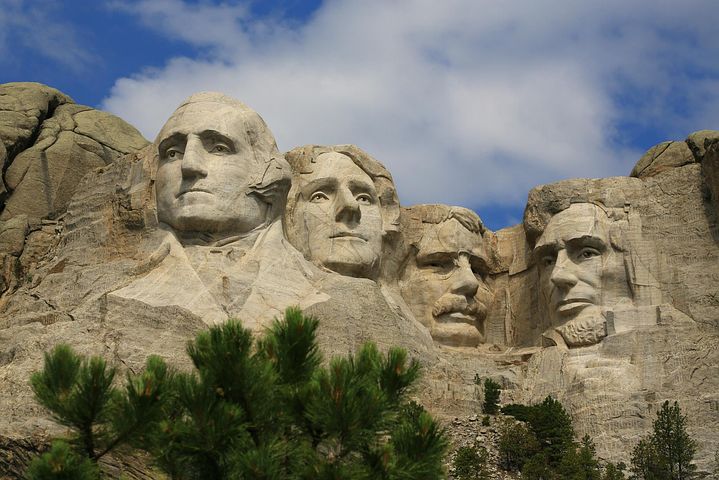South Dakota
An In-depth Look at South Dakota: The Mount Rushmore State
Situated in the heart of the United States, South Dakota boasts a rich history, diverse culture, and abundant natural beauty. It is a state renowned for its Great Plains, majestic Black Hills, and iconic Mount Rushmore. Whether it’s the state’s fascinating history, its vibrant economy, or its captivating natural landscapes, South Dakota offers a unique blend of elements that make it a truly intriguing state.
Historical Overview: The Formation of South Dakota
Referred to as Dak ȟóta itókȟaga in the Sioux language, South Dakota’s history is as vast and varied as its landscapes. Its name originates from the Dakota Sioux Native American tribe, a significant segment of the population that has historically dominated the territory. The southern part of the former Dakota Territory, South Dakota became an official state on November 2, 1889, marking an important milestone in the nation’s history.
South Dakota’s historical journey is enriched by the influence of several diverse cultures and communities. The first known inhabitants were the Paleoindian hunter-gatherers, followed by the semi-nomadic Mound Builders. The 14th century witnessed the horrific Crow Creek Massacre, where several hundred people were brutally killed near the Missouri River.
European exploration commenced in 1743 with the LaVerendrye brothers claiming the region for France as part of greater Louisiana. The early 19th century saw the Sioux replacing the Arikara as the dominant group. The Louisiana Territory, including most parts of South Dakota, was purchased from Napoleon Bonaparte in 1803, marking the beginning of American influence in the region.
The late 19th century was critical for South Dakota. The discovery of gold in the Black Hills and the construction of railroads from the east intensified European-American settlement, leading to a series of Indian wars. The infamous Wounded Knee Massacre in 1890 marked the end of these wars. South Dakota’s 20th-century history encompasses key events like the Dust Bowl and Great Depression, federal investment in agriculture and defense, and the industrialization of agriculture.

State Demographics: A Snapshot
South Dakota is the 17th largest state by area, but it is the 5th least populous and 5th least densely populated among the 50 United States. The state is divided by the Missouri River into two distinct halves, referred to by the residents as “East River” and “West River”.
The Eastern region of South Dakota is home to a majority of the state’s population and is characterized by its fertile soil and abundant agricultural produce. Conversely, the Western region, west of the Missouri River, is dominated by ranching and is more dependent on tourism and defense spending. Most of the Native American reservations are located in the West River region.
South Dakota’s demographic landscape is predominantly Caucasian, with a significant Native American population. The state also has a small but growing Hispanic community. The state’s population continues to rise steadily, albeit at a slower pace than the national average.

The South Dakota Economy: Agriculture, Tourism, and Beyond
South Dakota’s economy is a dynamic mix of traditional industries like agriculture and emerging sectors like services and finance. The state has one of the lowest per capita total state tax rates in the U.S., making it an attractive place for businesses.
Agriculture remains a key component of South Dakota’s economy, with the state ranking among the nation’s top producers of a variety of agricultural products. However, over the years, other industries like retail, finance, and healthcare have gained prominence, particularly in urban areas like Sioux Falls.
Tourism is another critical sector contributing significantly to South Dakota’s economy. The state’s rich history, cultural heritage, and natural beauty attract tourists from all over the world. Major attractions include historic Deadwood, Mount Rushmore, and the state and national parks in the Black Hills region.

Politics and Governance in South Dakota
South Dakota’s political landscape is predominantly Republican. The state’s executive branch is headed by the Governor, and the state legislature consists of two bodies – the Senate and the House of Representatives. The judicial branch consists of several levels, with the state supreme court being the highest court in the state.
Despite the state’s conservative leanings, Democrats have found success in various statewide elections. Notably, American Indians have been increasingly active in state and county electoral politics.

The Education Landscape in South Dakota
Education in South Dakota is a blend of traditional and modern learning practices. The state has a high school graduation rate of 89.9%, and the average ACT score is slightly above the national average. South Dakota State University (SDSU) and the University of South Dakota (USD) are the state’s largest and oldest universities, respectively.
Sports and Recreation in South Dakota
While South Dakota doesn’t host any major league professional sports franchises, it has a vibrant sports culture. The state is home to minor league and independent league teams, and universities in South Dakota host a variety of sports programs.
Recreational activities like fishing, hunting, cycling, and running are popular in the state. Events like the Tour de Kota cycling event and the annual Sturgis Motorcycle Rally draw participants and spectators from across the nation.

More Than Just a State
Whether it’s the state’s storied past, its thriving present, or its promising future, South Dakota offers a unique blend of elements that make it more than just a state. It’s a vibrant blend of cultures, a testament to the nation’s history, and a beacon of natural beauty and economic potential. From its bustling cities to its tranquil landscapes, South Dakota truly embodies the spirit of the American heartland.
